Anne Schmid / Giancarlo Pontiggia – Faszination Arkadien
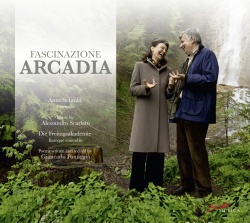 Artists: Anne Schmid, Die Freitagsakademie, Giancarlo Pontiggia
Artists: Anne Schmid, Die Freitagsakademie, Giancarlo Pontiggia
Title: Fascinazione Arcadia
Catalogue No.: SM 212
Release: 06.10.2014
Description
These metaphors touch on my own idyllic visions: I grew up near a gushing fountain; meadows, gardens, green lanes and flowers are the first things to indicate a closeness to nature and trigger a childish melancholy. When browsing through the works of Alessandro Scarlatti and composers of his period, I marvel at the range of cantatas which have been given a pastoral touch. Did the composers not grow tired of these ideas? While love stories certainly are attractive, Arcadia has promised something else that goes beyond the conventions adopted by composers at the time.
While studying in Venice in 2012 I happened to come across a complete original copy of Jacopo Sannazaro’s Arcadia, dating from 1504, in the Biblioteca Marciana. This 500-year-old little book would mark the start of my quest: day after day I visited the Marciana library; I read and absorbed the text until I could visualise, hear and smell Arcadia, while also gauging its immense significance in painting, literature, philosophy and music.
Just open a window and take a peek into the land envisioned by Virgil and depicted in verse by Sannazaro. This land has shaped a new perspective on humanity, a perspective which looks inwards rather than outwards. Arcadia is now experiencing a new heyday. I felt the need to give the theme plenty of poetic and musical freedom in order to present it in the right light. The poetry of Giancarlo Pontiggia draws on a variety of texts, ranging from the sources he has acquired from antiquity through to his rich language of today. Scarlatti, who was so inspired by Arcadia, now has the best of company in the 21st century!
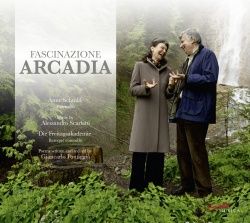

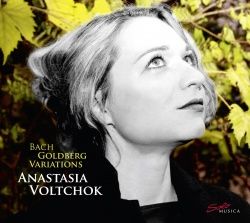
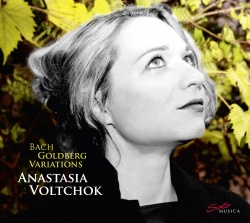
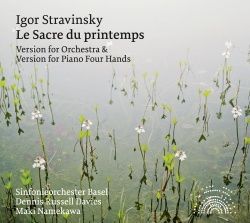
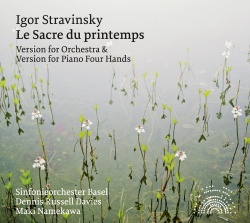

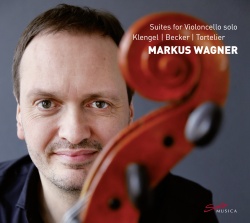
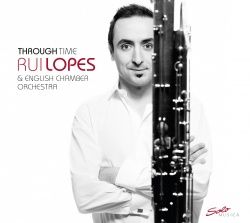
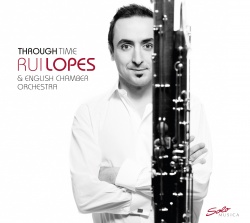
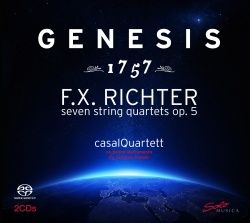
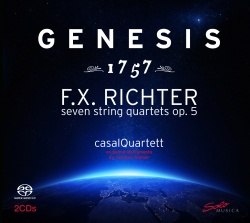
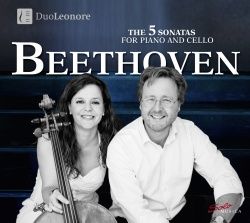
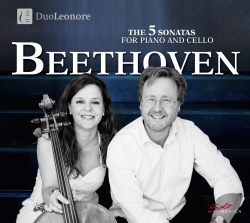
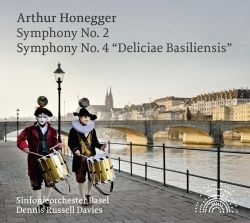
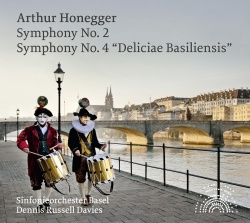

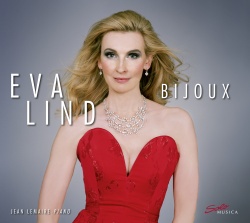 Artists:
Artists: 
 Artists:
Artists: